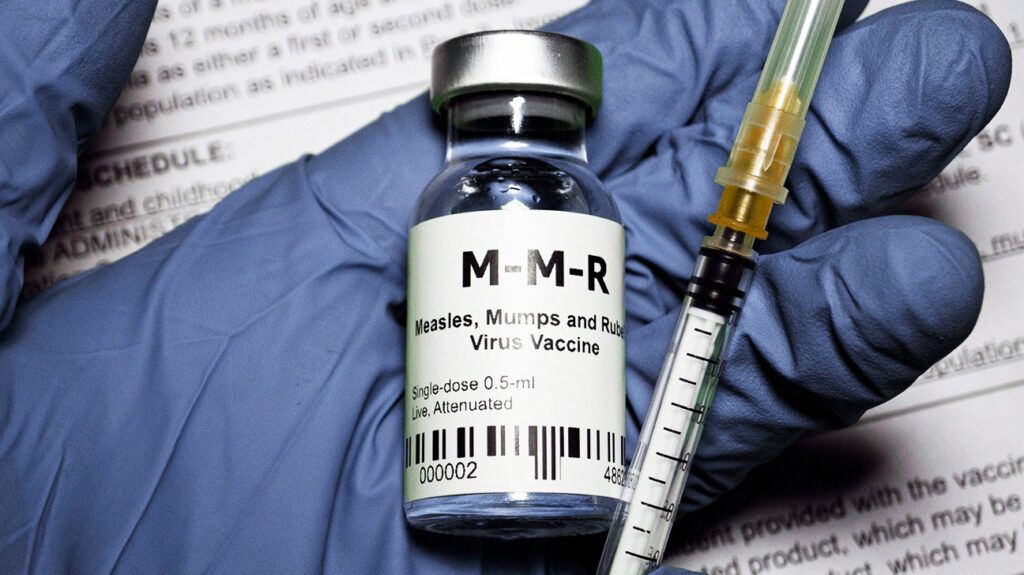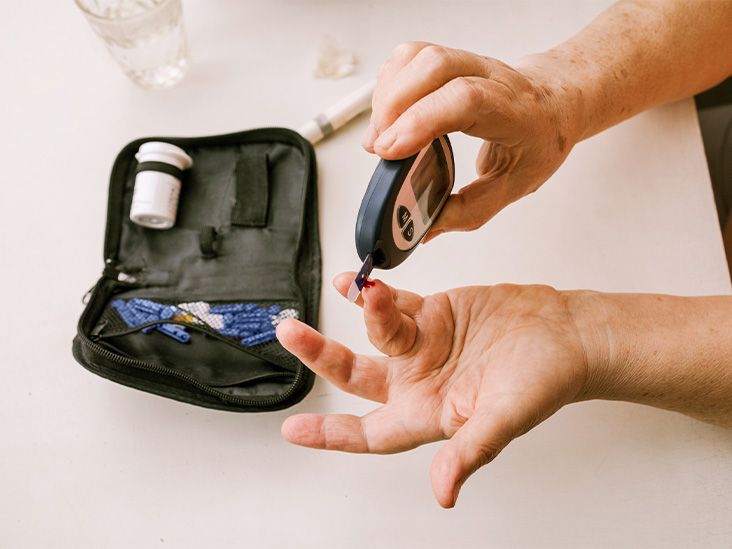The MMR vaccine helps protect against measles, mumps, and rubella. It is typically part of a regular vaccine schedule for young children, but older children and adults can also receive the vaccine.
The vaccine helps prevent infection and limit infection severity if someone does contract measles, mumps, or rubella.
In the United States, most young children receive the MMR vaccine. Other individuals can also receive the vaccine as needed.
This article discusses the MMR vaccine schedule, who should and should not get the MMR vaccine, possible side effects, and vaccine hesitancy. It also answers some common questions about the MMR vaccine.

Healthcare professionals typically administer the MMR vaccine in two doses, though some adults may only require one.
The
- first dose: between ages 12 and 15 months
- second dose: between ages 4 and 6 years
However, unvaccinated children can receive two doses as long as they are spaced at least 28 days apart.
The CDC recommends separate MMR and varicella vaccines for children between
If a child receives the MMRV vaccine, the minimum interval between doses is
The
The
Unvaccinated children should receive two doses separated by at least 28 days.
There is no federal law requiring MMR vaccination. However, all 50 U.S. states and the District of Columbia have laws requiring MMR vaccination for all children attending preschool through high school.
Other groups that should consider the MMR vaccination include:
- unvaccinated children
- students at post-high school institutions (such as college, trade school, etc.) with no evidence of immunity, such as vaccination records
- adults with no evidence of immunity
- healthcare workers without evidence of immunity
- people who intend to become pregnant without evidence of immunity
- people at an increased risk of measles, mumps, or rubella during an outbreak (in some cases, public health authorities may recommend an additional dose of MMR vaccine for these individuals)
People who travel internationally should also get the MMR vaccine:
- children ages 6 through 11 months should get at least one dose
- children ages 12 months or older should get two doses
- teenagers or adults with no evidence of immunity should get two doses
Children who received the first MMR vaccine dose before the age of 12 months should still receive the second dose as part of a routine vaccine schedule.
Evidence of immunity can include:
- being born before 1957
- vaccination records
- confirmed infection with MMR or blood tests proving immunity
While the majority of children should get the MMR vaccination as part of their routine vaccination schedule, some groups should not receive it.
Groups that should avoid the MMR vaccination
- people who are pregnant or who received a dose within the past month before getting pregnant
- children or adults with severe allergies to the vaccine
- people with a close family history of immune issues
- people who have ever had a condition that makes them bruise or bleed easily
- people with weakened immune systems, such as people living with HIV or cancer and those undergoing immunosuppressive treatments
- people with tuberculosis
- people with moderate to severe infections
- anyone who received any other vaccinations within the past 4 weeks
People who fit into one or more of these categories should speak with a doctor. In some cases, the doctor may be able to advise an alternative schedule for the vaccination.
Some
- fever
- soreness at injection site
- temporary stiffness or pain in joints
- rash
The United Kingdom’s National Health Service (NHS) suggests that these common side effects typically last for 2 to 3 days.
Additionally, a small number of people may develop other side effects, including:
- febrile seizures
- temporary low platelet count that typically goes away with no treatment
- severe allergic reaction (very rare)
In most cases, healthcare professionals consider the benefits of vaccination to outweigh the potential risk of side effects. However, people in known risk groups should discuss MMR vaccination with a doctor.
Measles outbreaks are on the rise, potentially threatening disease elimination status in the United States, according to a
According to researchers, vaccine hesitancy may be the underlying cause. They note several social factors, including politics and income levels, as possible reasons for parents refusing vaccinations for their children.
The number one concern presented is a fear of autism. However, evidence confirms that the MMR vaccine
Researchers suggest that a multifaceted approach is required to help combat misinformation that may lead to vaccine hesitancy. The review highlights that most children and adults should receive the MMR vaccine.
People should speak with a qualified healthcare professional for more information if they have any concerns about themselves or a child in their care receiving the MMR vaccine.
Below are some of the most common questions and answers about the MMR vaccine.
How often do people need MMR vaccination?
The regular vaccination schedule states that children should get the first dose between ages
Do adults need an MMR booster?
Most adults do not need an MMR booster. However, the
How far apart are MMR vaccines given for adults?
Unvaccinated adults should wait at least 28 days between the first and second dose. Teens should also wait at least 28 days between doses.
The MMR vaccination schedule for children in the United States involves
Unvaccinated adults, teens, and children should also get two doses of the vaccination at least 28 days apart.
Certain groups of people should not get the vaccination, such as those with weakened immune systems.
A person can discuss the benefits and potential risks of MMR vaccination on an individual basis with a doctor.


